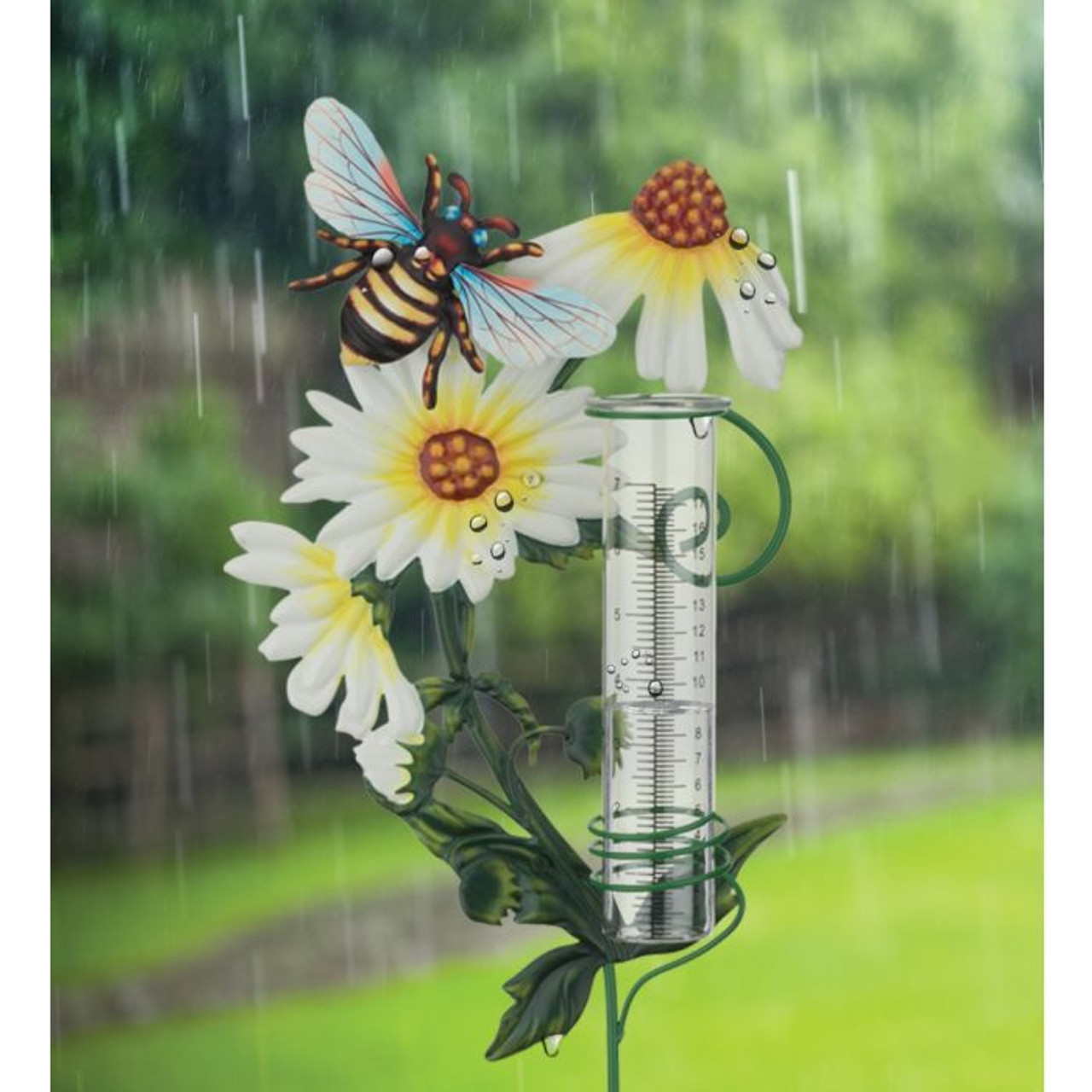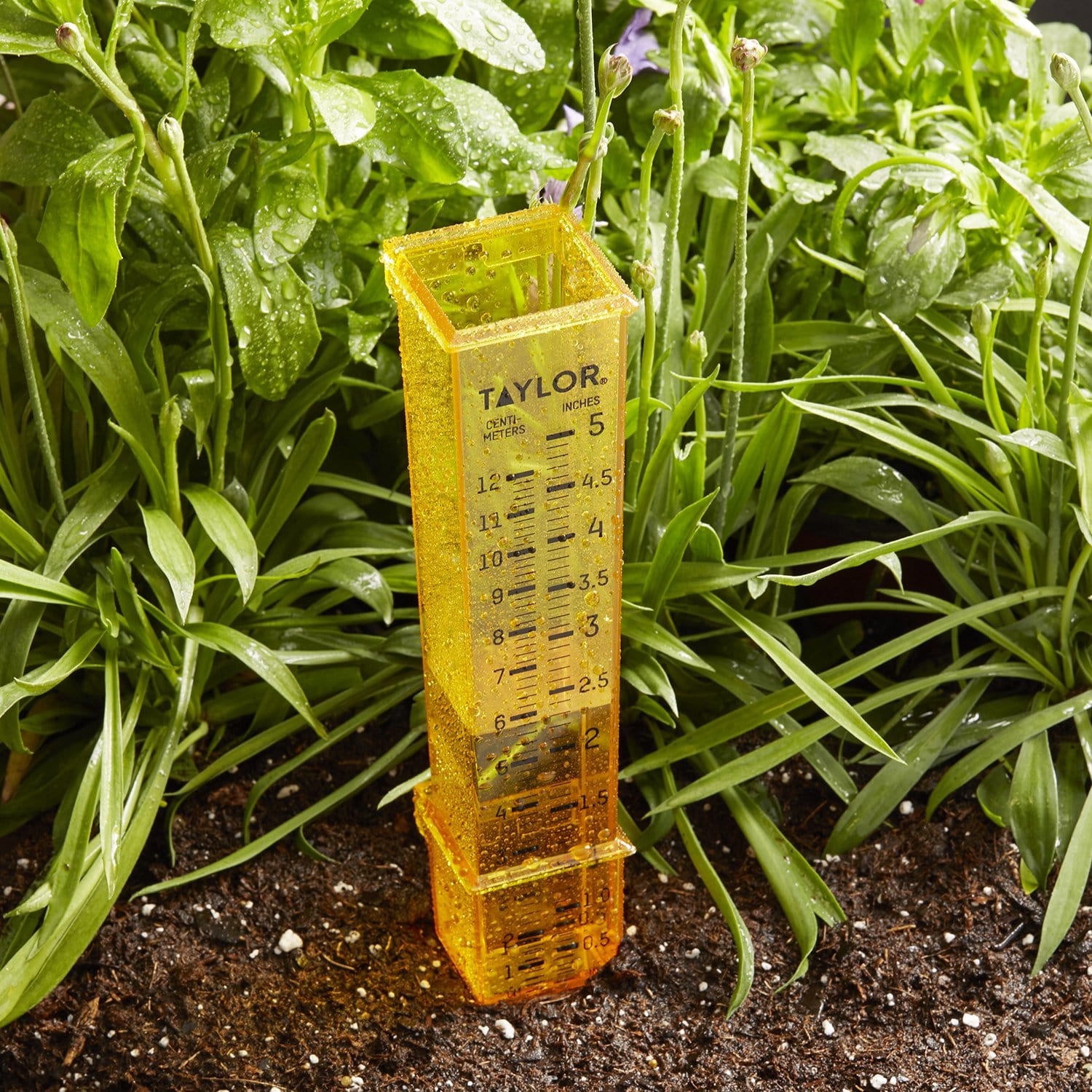The Rain Gauge: Crucial Information and Finest Practices for Weather Lovers
The Rain Gauge: Crucial Information and Finest Practices for Weather Lovers
Blog Article
Recognizing Rainfall Gauge Dimensions: A Full Overview
Understanding Rainfall Scale Dimensions: A Complete Overview is a thorough resource for any person seeking a deeper understanding of rain scale measurements. Whether you are an expert in the field or merely have an inquisitiveness concerning rains dimension, this overview will equip you with the knowledge needed to properly make use of rain scale dimensions.
The Importance of Rain Gauge Measurements
The significance of rainfall scale measurements depends on their duty as a vital device for precisely examining and keeping track of precipitation degrees - The Rain Gauge. Rainfall scale measurements give beneficial information that assists hydrologists and meteorologists recognize patterns and patterns in rainfall, which consequently help in various areas such as farming, water resource administration, and climate research study

Precise rainfall measurements are vital for farming as they help in identifying watering requirements, plant growth, and return forecasts. Farmers depend on this details to make informed decisions concerning when to water their crops, avoiding water wastage and ensuring optimum plant health. Additionally, rains data helps in assessing the impact of dry spells or extreme rainfall on plant production, allowing farmers to take suitable measures to decrease losses.
Water resource management heavily counts on rainfall scale measurements to determine the quantity of water offered in rivers, lakes, and storage tanks. Precise dimensions make it possible for water managers to make informed choices regarding water allowance and circulation, guaranteeing sustainable usage and stopping lacks. This information is especially essential in regions where water shortage is a pushing issue.
Additionally, rainfall scale dimensions play an essential function in climate research study. By accurately determining rains over extended periods, researchers can analyze lasting environment patterns and determine modifications in precipitation patterns due to climate change. This information aids policymakers and scientists create methods to adapt to and alleviate the results of environment adjustment.
Types of Rain Scales
There are different kinds of rainfall assesses made use of to measure precipitation accurately. Each kind has its very own advantages and constraints, making them suitable for various purposes and environments.
The most typical sort of rain gauge is the typical round gauge. It includes a cylindrical container with a wide funnel-shaped top to collect rainwater (The Rain Gauge). The water is then funneled into a finished measuring tube, allowing for specific measurement of the quantity of rainfall
An additional type is the evaluating rain scale. This gauge uses a sensitive equilibrium to gauge the weight of the gathered rains. By transforming the weight into quantity, the amount of rainfall can be identified. Evaluating rainfall determines are especially valuable in areas with icy precipitation or heavy rains, as they are not affected by splashing or evaporation.
Tipping bucket rain evaluates utilize a device that tips a tiny bucket each time it accumulates a particular quantity of rainwater. The variety of pointers is taped and utilized to calculate the rains. This type of gauge is generally used in automated climate terminals as a result of its reduced maintenance requirements and capacity to offer real-time information.
Lastly, there are radar-based rainfall evaluates that usage radar innovation to approximate rains. These gauges measure the intensity of rains in a details location by analyzing the reflected radar signals. They are especially valuable for measuring precipitation over big areas or in remote places.
Exactly How Rainfall Gauge Measurements Job
Rainfall scale measurements are based upon the concept of collecting and measuring the quantity of precipitation. These tools are made to record rain and provide an exact dimension of the rainfall in a details location.
The most typical kind of rainfall scale is the standard cylindrical gauge. It contains a cylindrical container with a vast opening on top to accumulate rainwater. The gathered water is then funneled right into a determining tube, which is adjusted to give the dimension in devices of length, typically millimeters or inches.
One more sort of rain gauge is the tipping container scale. When they get to a certain weight threshold, it uses a seesaw-like device with 2 pails that tip. Each idea of the container represents a specific quantity of rainfall, permitting specific measurements.
Some innovative rainfall her response evaluates are geared up with electronic sensors that instantly document and transfer data. These sensing units use numerous technologies such as ultrasound or laser to gauge the amount of rainfall precisely.
Aspects Impacting Rainfall Scale Accuracy
Aspects that can affect the accuracy of rain scale dimensions consist of different ecological and functional variables. Environmental elements such as wind, temperature, and air pressure can substantially influence the precision of rain scale dimensions. Strong winds can cause the rainfall scale to turn or move, causing unreliable readings. Similarly, extreme temperature levels can create dissipation or freezing of the accumulated rainwater, leading to distorted dimensions. Modifications in air pressure can additionally impact the accuracy of rainfall scale measurements, as they can change the price at which rains is accumulated.
Functional variables, on the other hand, refer to elements connected to the design, setup, and maintenance of the rain scale. The positioning of the rain scale in a location with blocked air flow or near trees or buildings can lead to imprecise analyses as a result of clog or splattering of rainfall. Improper calibration or uneven maintenance of the rainfall scale can also impact its accuracy.
To ensure the precision of rainfall gauge dimensions, it is important to take into consideration visite site these elements and take proper measures. This might involve picking a suitable place for the rain scale, making sure appropriate installation and upkeep, and regularly calibrating the tool. By resolving these factors, precise and trustworthy rains measurements can be acquired, which are critical for different applications such as weather projecting, hydrological studies, and agriculture.
Tips for Properly Gauging Rainfall
To make sure specific rains dimensions, it is important to carry out specific techniques and approaches when using a rainfall gauge. Right here are some suggestions for precisely gauging rains:
Proper Positioning: Position the rain scale in an open area, far from trees, structures, and other obstructions that may conflict with the rains collection. It needs to be placed on a level surface area to prevent water pooling or drainage.

Check Out the Scale Appropriately: When taking measurements, read the water level at Our site eye degree from the base of the meniscus. Avoid parallax errors by aligning your sight directly with the water level.
Consistent Time Period: Establish a regular time period for gauging rains, such as every 24-hour or after each rains occasion. This makes sure accurate tracking and contrast of rainfall information.
Document Measurements Without delay: Tape rainfall dimensions immediately after collection to avoid dissipation or spillage. Utilize a rain scale with a built-in data logging attribute for automated recording.
Verdict
In verdict, recognizing rainfall gauge measurements is critical for properly measuring rainfall. It is crucial to take into consideration variables that can influence the precision of rainfall gauge measurements, such as wind, dissipation, and positioning.
Comprehending Rainfall Gauge Measurements: A Complete Guide is a detailed source for any person seeking a deeper understanding of rain scale measurements. Whether you are an expert in the area or just have a curiosity about rains measurement, this overview will certainly furnish you with the knowledge needed to effectively utilize rainfall scale measurements.
The most typical kind of rain gauge is the standard round scale.The most usual type of rain gauge is the typical round gauge.An additional type of rain scale is the tipping container scale.
Report this page